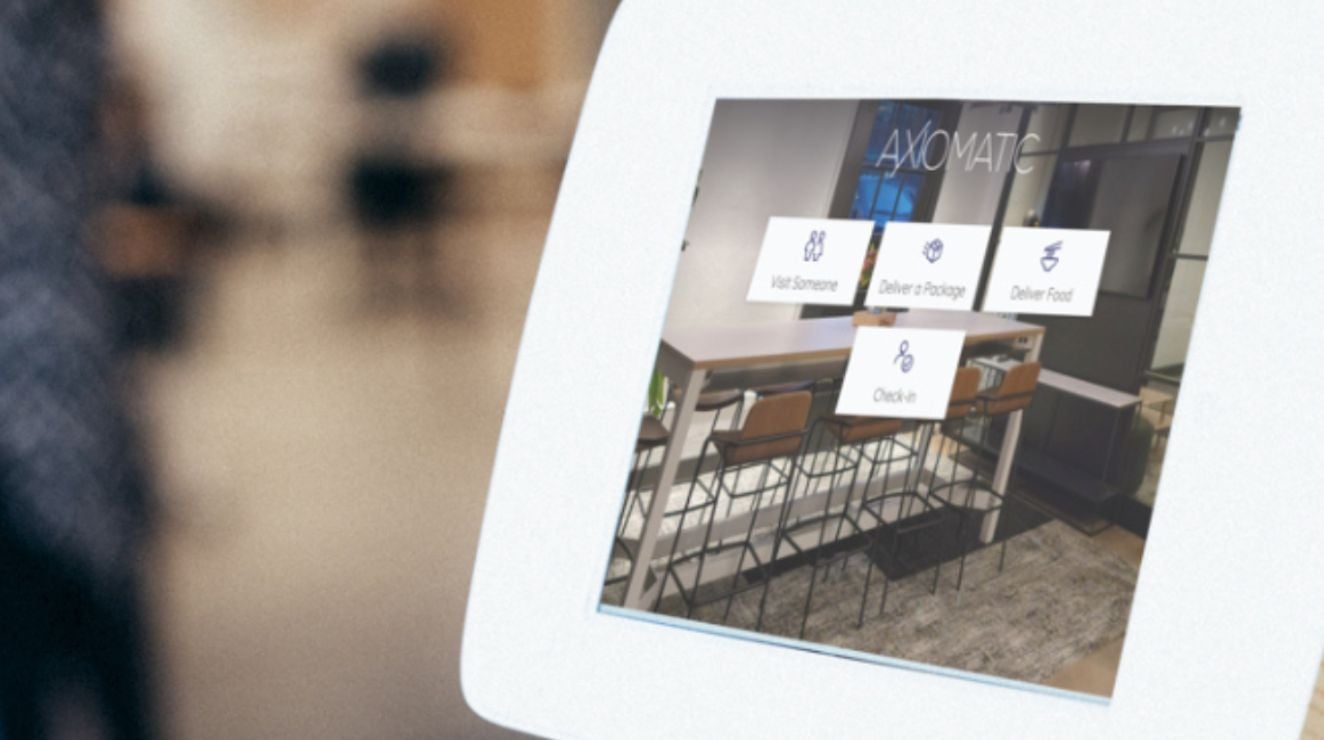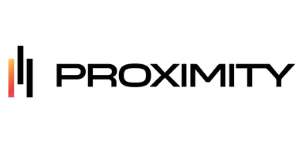- As organizations shift their work models and hiring practices, they are also streamlining their technology solutions.
- These solutions improve the workplace experience and enable firms to manage hybrid work more efficiently.
- Proximity CEO Josh Freed explores five ways technology can improve day-to-day workplace management.
Despite inflation and talent shortages, hiring optimism has returned to levels not seen since the start of the pandemic. The Q3 outlook is bright as employers push forward to attract and retain talent that enables them to grow.
While companies are forging ahead with their hiring plans, they will have to focus on a few key areas to meet their hiring objectives such as work-life balance and employee wellbeing. As workplaces increasingly shift their work models and hiring practices, organizations will have to future-proof their workspace with streamlined technology solutions that will maximize collaboration, community, and retention.
What does this mean? It’s time to start rethinking the intersection of technology and workplace management.
In this post, we’re going to cover five emerging technology trends that eliminate pain points in this hybrid work world, streamline day-to-day operations, and provide exceptional onsite experiences at the workplace.
- Easy building door access control via smartphone
- Interactive, real-time floor plan views of office, desk, and conference rooms
- Self-service digital concierge when a guest, package, or delivery arrives
- Ability to display reservable room availability right outside the door
- Track building usage with detailed reports
1. Easy building door access control via smartphone
The pain points: Under a hybrid work model, team schedules continuously change and the number of employees accessing an office building throughout the week might vary.
Technology problem-solver: Digital door access enables greater flexibility, convenience, and reduced burden for workspace managers with a distributed workforce.
In a 2022 survey conducted by Proximity, an industry-leading workspace management platform, over half of respondents said digital door access is the most valuable feature to them.
Employees can use their smartphones to unlock office building doors, ensuring they have access when and where they need it with customized, scheduled, and secure entry to buildings and offices.
 2. Interactive, real-time floor plan views of office, desk, and conference rooms
2. Interactive, real-time floor plan views of office, desk, and conference rooms
The pain points: Organizations are tasked with managing the office experience for employees who may no longer have a dedicated office, desk, or conference room where they work each day.
Technology problem-solver: Now more than ever, returning to the office requires planning and foresight. Interactive floor plans eliminate confusion and display real-time availability at a glance, allowing for easy navigation of a space. Offices, desks, conference rooms, and other workspaces can be displayed with photos, information, and availability – with sub-inch accuracy.
3. Self-service digital concierge when a guest, package, or delivery arrives
The pain points: Offices are constantly accepting deliveries – from packages to food, to guests for meetings. Not only is it confusing, but it can be dangerous to have people wandering around your building.
Technology problem-solver: With a self-service concierge greeting system, offices can streamline deliveries and enhance security with digital check-ins right at their front desk. The system will then send SMS notifications to the appropriate employee.

4. Ability to display reservable room availability right outside the door
The pain points: Double-booked, over-booked, and even under-booked conference rooms and offices cause chaos and confusion.
Technology problem-solver: Reduce friction between coworkers by allowing employees to book conference rooms and phone booths with meetings displayed right outside the conference room door. For a more seamless experience, connect Microsoft Outlook or Google Calendars.
 5. Track building usage with detailed reports
5. Track building usage with detailed reports
The pain points: Workspace managers are struggling to allocate space and understand when, where, and what employees are actually showing up to an office.
Technology problem-solver: With building management software, you can track office building usage with detailed analytics and utilization reports for reservable resources, allowing you to make better decisions about your workplace and employees.
While organizations embrace more flexible approaches to work, there is an increased need for streamlined technology solutions for day-to-day workplace management. Companies across the globe are introducing new technological solutions to future-proof their workspace and retain employees.
This article has been supplied by Proximity, which provides software and an app to streamline day-to-day workplace operations and enable teams to manage hybrid work more efficiently.


 Dr. Gleb Tsipursky – The Office Whisperer
Dr. Gleb Tsipursky – The Office Whisperer Nirit Cohen – WorkFutures
Nirit Cohen – WorkFutures Angela Howard – Culture Expert
Angela Howard – Culture Expert Drew Jones – Design & Innovation
Drew Jones – Design & Innovation Jonathan Price – CRE & Flex Expert
Jonathan Price – CRE & Flex Expert












